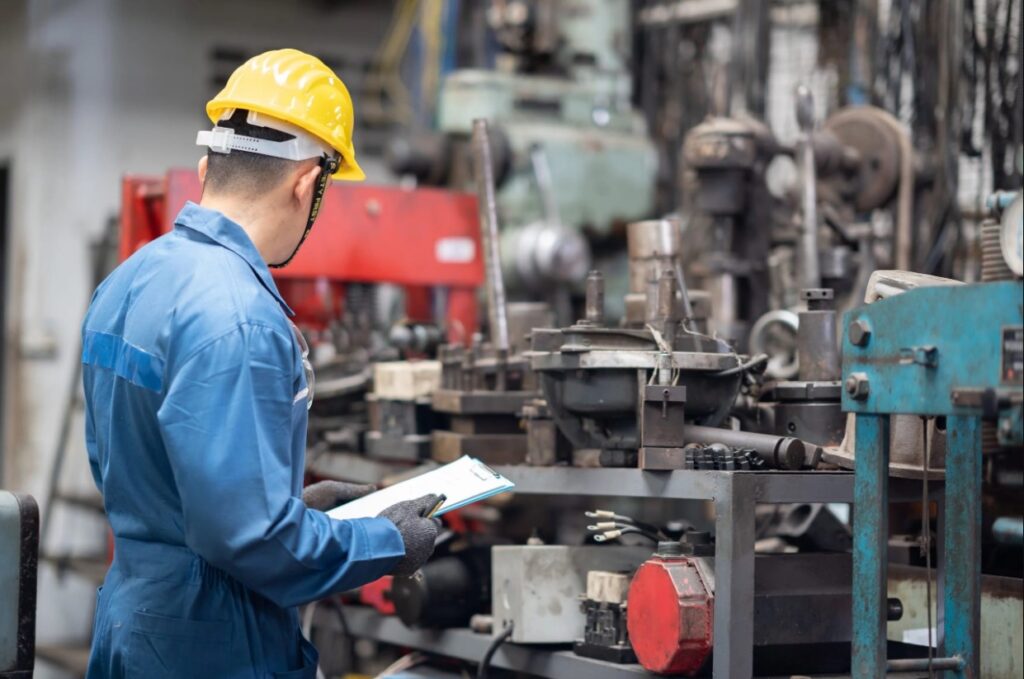Any maintenance operation relies upon work orders to function: if you don’t know what needs attention and work, how are you supposed to work? Once you know what needs maintenance and what doesn’t, then you need to figure out what needs to be done first. That’s not hard, you just need a priority system. That begs the question
How to prioritize your work orders? The simple answer
Simple: you categorize each maintenance order by deciding which is more urgent, depending on the status of the equipment and the risk associated with the maintenance itself. In each priority category, you will find subcategories you can use depending on what kind of maintenance you do, and for which kind of equipment. Allow us to explain:
From Low to High, or from Scheduled to Emergency
How maintenance work orders should be prioritized is dependent on the safety of personnel first, and then the urgency of maintenance. If a piece of equipment is about to break in a few more uses and people may have to stop working, that is a High priority maintenance order. If the equipment is breaking down now and people may be injured, that is an Emergency priority maintenance order. Hopefully, it doesn’t happens a lot with a proper prioritization method and a schedule that actually works.
For example, if a maintenance order is marked as Low priority, then it’s safe to assume that this order can be scheduled to a very later date and then only done once the due date arrives. If a maintenance order is marked as a Medium priority (most maintenance orders should be in this category), then scheduling it for the next available time in the maintenance schedule is a good idea. If it’s a High priority then the maintenance schedule should be rearranged to fit it as soon as possible or be worked on before anything else.
So, the priorities should go like this, from least time-sensitive to most time-sensitive: Low priority, Medium priority, High priority, Urgent priority, and Emergency.
Differentiating the priority categories
Except for the case of the Emergency priority, which is very self-explanatory, you should be wondering now how to set them apart from each other, since some of them feel like they are the same. In some cases, that might be so: a High priority maintenance order can be easily confused with an Urgent priority, and it may seem pointless to use both of them. But that should not the case. If you always ask yourself: “when should I do this maintenance?”, the difference is obvious. So:
An Urgent priority is the “I must do this now before something happens” scenario. That means you should probably stop what you are doing and take care of that maintenance order.
A High priority order is the “I will finish my current job, then do this one immediately” scenario. It’s important enough, but finish what you are already doing first, in order to not mess with the workflow.
A Medium priority is what everyone wants in their maintenance orders: “I will do this maintenance order when the time is right, no worries”. It’s the routine maintenance, pre-scheduled and taken care of only on the due date.
A Low priority maintenance order should not be used, preferably. It’s the “This thing is making a weird noise, but it works, and it’s safe, so I’m OK” scenario. It’s the routine maintenance, and for the most part, this category ends up being just a placeholder of sorts for the Medium priority orders. It’s the “when the noise gets too annoying, it’s time to schedule maintenance for this” scenario. Some may choose to not even use this on their maintenance priority system.
Use your own system
But you also don’t need to implement your maintenance priority system like this. You could have a color system, for example, red is for Urgent/Emergency orders, Orange is for High priority orders, Blue for Medium priority, and Green for routine/low priority. What should define the system are not the labels used to identify them (High, Medium, Low or Red, Orange, Blue), but their place in time and the risk involved. It should be a time vs. risk decision chart, and as time passes the risk increases. Maintenance orders with greater risk should be at the top priority.

OneView does it all for you! Automatic Maintenance Priority
OneView is a complete system for monitoring the health of all your equipment. Our platform counts with a propritary algorithm that will automatically prioritize maintenance for you taking into account: Number of days since problem was noticing, how fast it’s progressing, how critical the equipment is for your plant, if a failure will have a HSE impact and many more factors.
OneView makes managing maintenance seem easy. Get to know all the software can do clicking here.